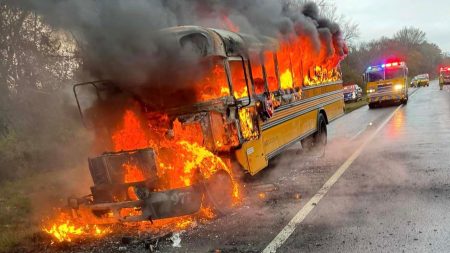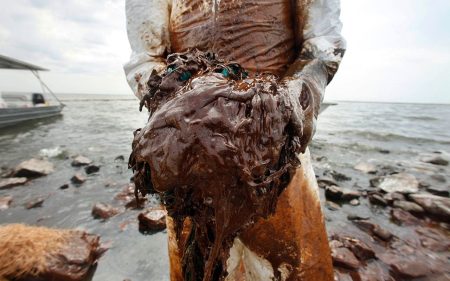The content discusses the impact of climate change on wildlife and ecosystems, focusing on various examples of how rising temperatures, melting ice caps, and changing precipitation patterns are affecting different species and environments around the world. One example highlighted is the decline of polar bear populations due to the loss of sea ice, which is disrupting their hunting and breeding patterns. Other examples include the bleaching of coral reefs, the spread of invasive species, and shifts in the distribution of plant and animal species.
Additionally, the content explores the interconnectedness of ecosystems and how disruptions in one area can have cascading effects on the entire food web. For example, the decline of sea ice not only affects polar bears but also impacts the availability of food for other Arctic species, such as seals and seabirds. Changes in temperature and precipitation patterns can also lead to altered timing of seasonal events, such as migration patterns and the blooming of flowers, which can have ripple effects on species that depend on these events for survival.
The content also delves into the role of human activities, such as deforestation, pollution, and overfishing, in exacerbating the impacts of climate change on wildlife and ecosystems. These activities not only contribute to the greenhouse gas emissions that drive global warming but also directly harm habitats and species through habitat destruction, pollution, and over-exploitation. The content emphasizes the need for urgent action to address these human-driven threats to biodiversity and calls for sustainable practices to mitigate the effects of climate change on wildlife and ecosystems.
Furthermore, the content highlights efforts being made to protect and conserve wildlife and ecosystems in the face of climate change. This includes the establishment of protected areas, conservation programs, and restoration projects aimed at preserving habitats, restoring degraded ecosystems, and protecting endangered species. Additionally, the content discusses the importance of community involvement, research, and collaboration among governments, organizations, and individuals to effectively address the challenges posed by climate change to wildlife and ecosystems.
Moreover, the content addresses the potential benefits of taking action to address climate change for both wildlife and human communities. By reducing greenhouse gas emissions, protecting habitats, and promoting sustainable practices, it is possible to mitigate the impacts of climate change on wildlife and ecosystems and promote resilience in the face of future challenges. This can not only help to conserve biodiversity and protect endangered species but also safeguard vital ecosystem services that support human well-being, such as clean water, pollination, and carbon sequestration.
In conclusion, the content underscores the urgent need for collective action to address the impacts of climate change on wildlife and ecosystems. By recognizing the interconnectedness of all living beings and ecosystems, and taking proactive measures to reduce emissions, protect habitats, and promote sustainability, it is possible to preserve biodiversity, safeguard ecosystem services, and ensure a more resilient future for wildlife and humans alike. Only through concerted efforts at all levels, from individual actions to global policies, can we effectively address the challenges posed by climate change and secure a healthy and thriving planet for future generations.















